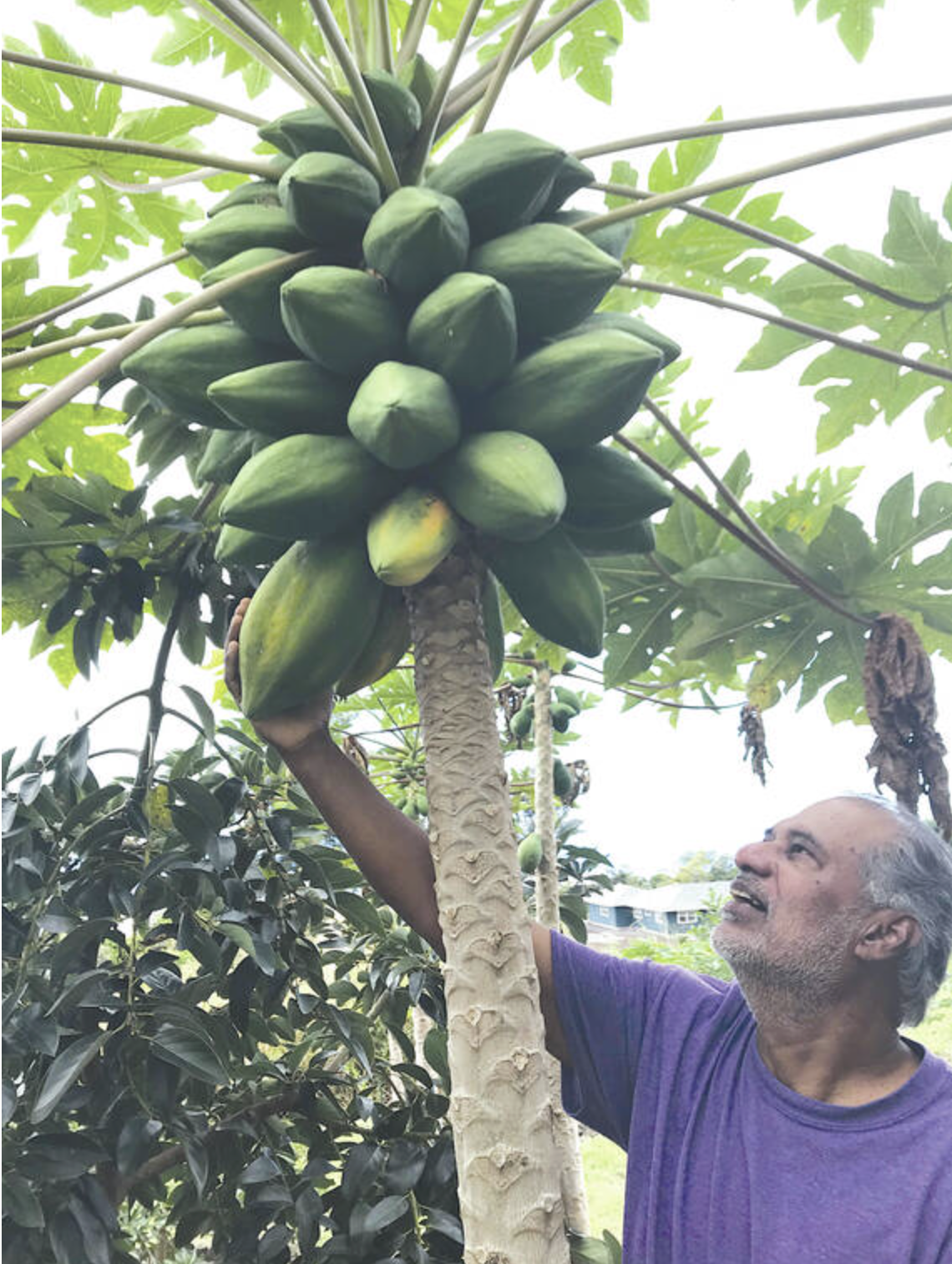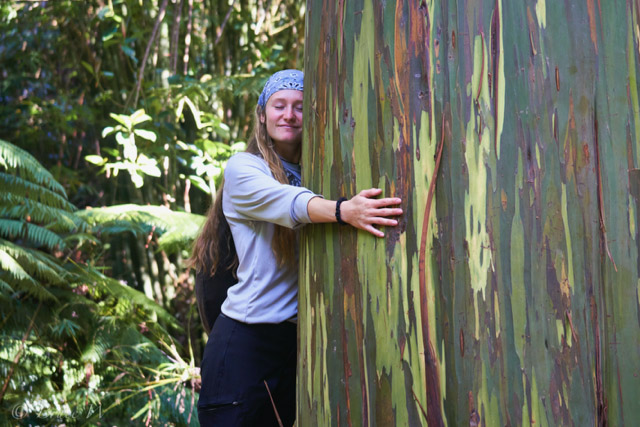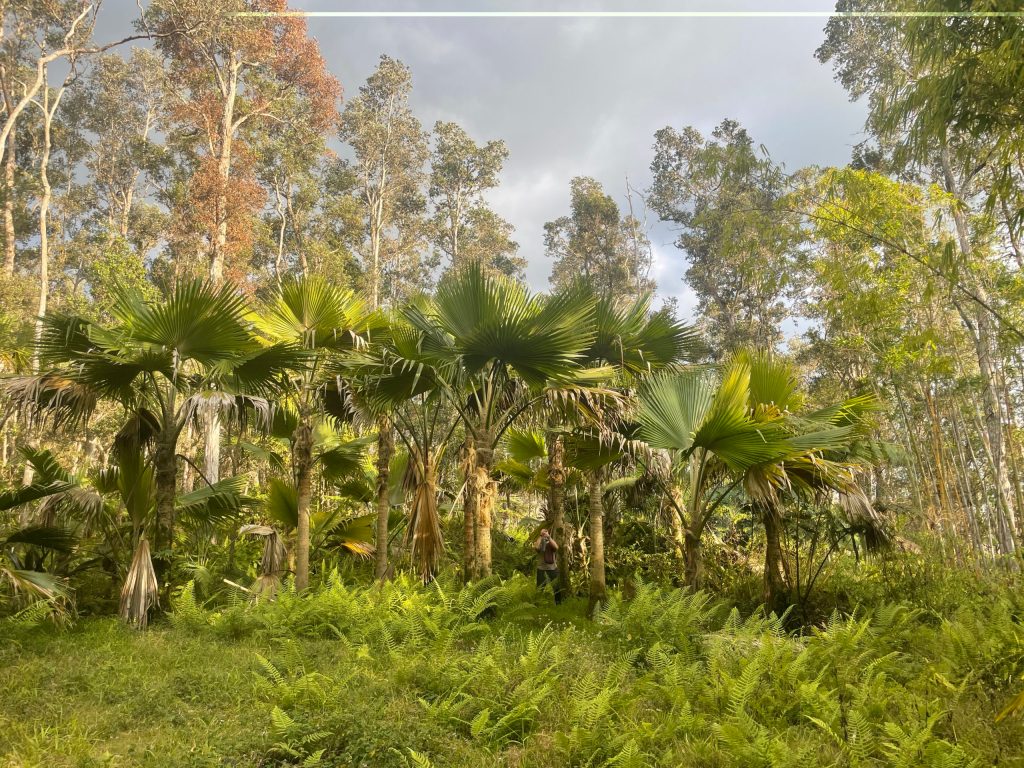It is time to think about planting your fall vegetable garden. This week and for the next few weeks let’s consider landscapes that feed us.
You might even want to take the organic approach. Since our soils have lost many nutrients let’s look at the best sources to consider. Where animal manures are available, they are probably the best sources of nutrients for the organic gardener.
After planting, using cow, horse or hog manure, side dress with up to five pounds per 100 square feet.
When applying a side dress, scatter the manure at the edge of the root zone and work lightly into the soil surface. If mulch is present, rake it back at the edge of the root zone in order to apply the manure, then recover with the mulch. Remember, manure is not always a complete balanced fertilizer. It is advantageous to broadcast a complete fertilizer such as organic 8-8-8 plus trace elements or ground rock phosphate and potash in addition to the manures.
Compost is an alternative to animal manure; it should be applied as you would manure. Broadcast it over the entire vegetable garden area three weeks or more before planting. Or if you have only a small quantity of compost, it may be mixed into the soil. In all cases, apply it at the rate of about 25 pounds per 100 square feet.
Natural and organic materials that yield plant nutrients upon decomposition are often available for purchase either separately or in combination. These materials may be applied separately or combined, used in the compost pile or mixed with manure.
Many of the more commonly available materials include both the organic materials derived from plants and animals, plus the natural deposits of rocks and minerals.
Such naturally-occurring materials are usually not easily obtained in today’s modern agriculture. However, where available, they are sources of mainly potash, phosphorus and lime (calcium and magnesium) for organic gardeners.
Rock phosphates are natural deposits of phosphate in combination with calcium. Rock phosphate yields its phosphorous very slowly. When finely ground and with impurities removed, the powdery material is only slightly soluble in water, but may be beneficial to plants in subsequent seasons following application. The reaction of phosphate rock with acids from decaying organic matter in the garden or compost tend to make the phosphorus more readily available to plants. If the soil is alkaline, phosphorus may not be available.
Apply ground rock phosphate at the rate of two to three pounds per 100 square feet of garden soil or, when applying manure or compost, mix a the rate of 2-1/2 pounds phosphate per 25 pounds of manure or compost. Broadcast the material over the soil surface and work into the topsoil at least three weeks before planting. Manure or other organic fertilizer should be added at this time. Since the rock phosphates are so slowly decomposed, side dressings are seldom beneficial. Potash or potassium is widely distributed in nature, occurring in rocks, soils, and the tissues of plants and animals. In gardening practice, materials such as wood ashes, banana skins, seaweed, potash salts and ground rock potash are used alone, in combination with other materials yielding other nutrients, and mixed with manure or in compost piles. Since the potash-bearing materials vary so much in composition and rate of decomposition, specific application rates must be determined for each material and its combination.
An advantage for using organic materials as fertilizers is that they contain many of the elements also needed by the plants such as zinc and iron.
Reducing the acidity of the soil is the primary purpose for using lime in the garden. However, liming materials also provide nutrients for plant use. Calcium and magnesium are the two elements most commonly provided by dolomitic lime.
Natural deposits of lime that an organic gardener might use are crushed coral, dolomite and shell. All these forms must be finely ground to provide maximum benefit to the soil and plants. Lime to sweeten the soil should be applied only when the needs have been established by a reliable soil test. Under most soil conditions, application of two to three pounds of finely ground dolomitic limestone per 100 square feet usually will be sufficient except on very acid soils. Apply lime well in advance of the planting date, preferably two to three months before the garden is planted. Mix well with the soil and keep moist for best reaction.
If all this sounds complicated, don’t be discouraged. Not everyone is a soils chemist! There are some great books at local garden shops that will help. Also, the University of Hawaii College of Tropical Agriculture and Human Resources Master Gardeners are available to assist. You may call 322-4893 in Kona or 981-5199 in Hilo.
Norman Bezona is professor emeritus, University of Hawaii College of Tropical Agriculture and Human Resources.







